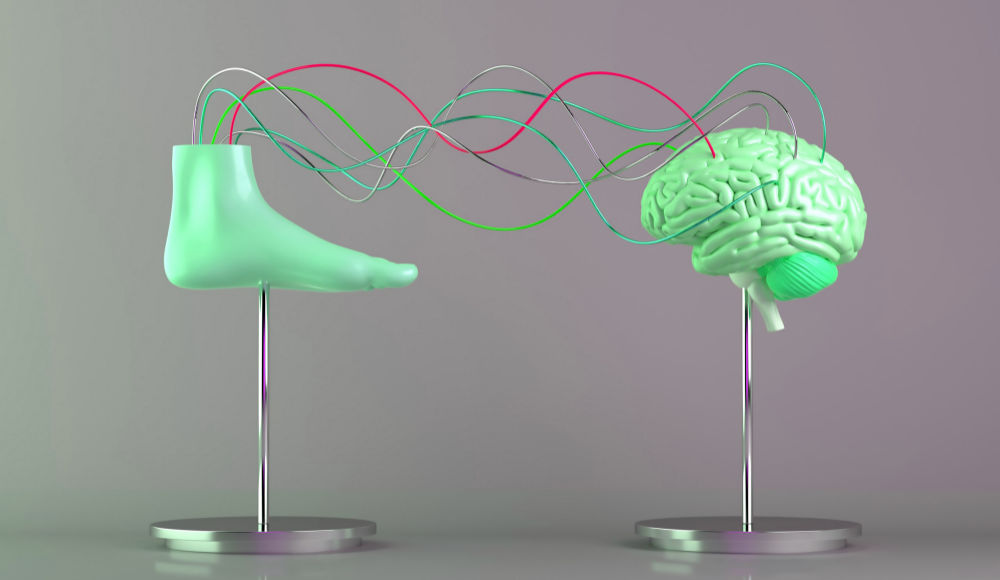
Understanding and Changing Behaviors are not the Same
What works when you are trying to change your autonomic nervous system’s reaction to events and situations? As I pointed out in part 1 of this series, (see earlier blog post here) there is a reason your nervous system adopted the response in the first place. It was trying to protect you from a situation that it feared put you in danger. However, years later that response is still there and the perceived danger is long gone. Case in point, my nervous system still detects threats when my integrity is questioned because as a young person, I often felt like I had to defend myself against others who attacked my character. You might recall events in your early life that created nervous system grooves that were initially protective but have outlived their purpose.
Even if you intellectually understand your reaction to an event or conversation is not helping you, it is difficult to replace a well-worn response with something new. The old way of dealing is comfortable because it is a habit. The new response won’t become a habit until you practice it a lot. And while you are practicing it, it may get a bit uncomfortable.

Savoring Moments not Just Food
Savoring is a practice that comes from Polyvagal theory and therapist Deb Dana. Savoring is just like it sounds—celebrating and appreciating those moments when you did handle something in a new and more helpful way. For instance during a day full of stress and uncomfortable feelings you have ten minutes where you enlisted a tool such as Heart Focused breathing and you calmed down and responded instead of reacting to a situation. That is the moment you savor for that day. You might write about it, draw it, talk about it with your friends and pat yourself on the back about it.
This might seem childish, but it has a practical application. Since the nervous system is scanning the environment for cues of danger and safety, any message of safety no matter how small is registered and remembered.

Baby Steps are not just for Bob!
Another tool that is very effective can be remembered by a line from the famous movie “What About Bob”—take baby steps! When you are attempting to shift an autonomic response, it is best not to go too far too fast. If you do, you might end up inadvertently triggering your nervous system into a sympathetic or dorsal vagal state. As Deb Dana puts it you want to stretch your nervous system, not stress it. It is important to discover what feels like a stretch versus what feels like stress because each of our nervous systems is unique. She recommends and I have been sharing with my clients that we first befriend our nervous system, then we tend it, followed by steps to shape it. Integrating the new strategies slowly into your life and finally forming new neural connections complete the approach.
This strategy has worked wonders for me and many of my clients who learn to recognize their nervous system state, then shift it before making decisions about things such as when to go to a doctor, what to eat, whether to go out during the time of COVID and how to respond more compassionately to others whose own nervous systems may be dysregulated. Once you understand that each person is facing similar challenges it often changes the perspective on your personal healing journey and the struggles others are facing as well. If you need my help in navigating your nervous system healing journey, please reach out.

My wish for you is to love yourself no matter what is your current state of health and stay open to all the healing possibilities.
Namaste,
Andrea




Thank you!❤️
Always dear Bonnie. X0X0